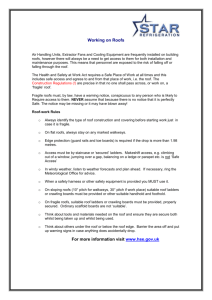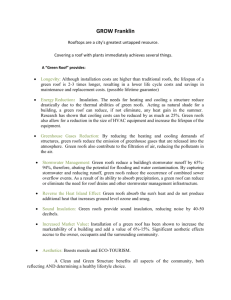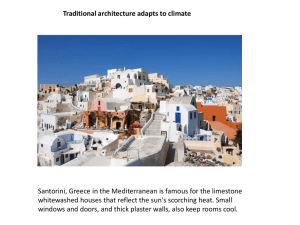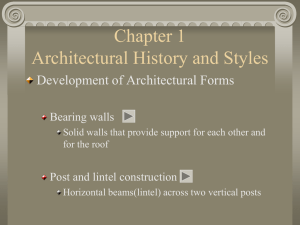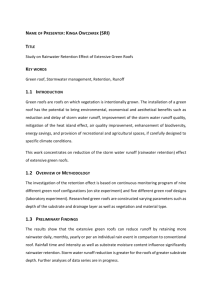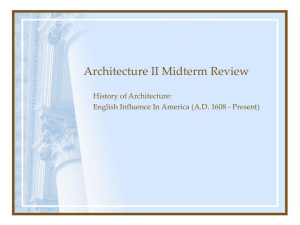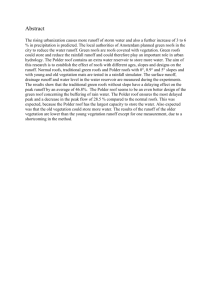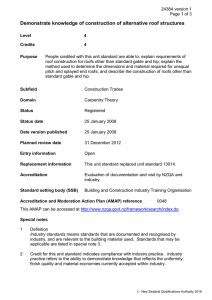1.1 Climate Change-Adaptive Architectural Design
advertisement
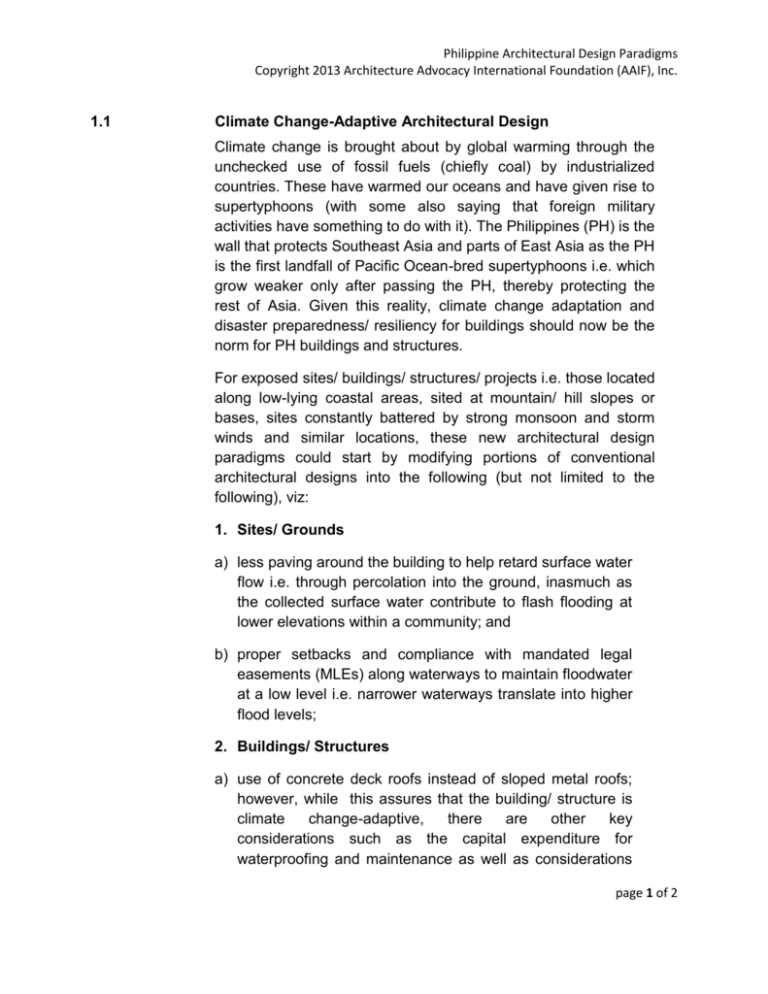
Philippine Architectural Design Paradigms Copyright 2013 Architecture Advocacy International Foundation (AAIF), Inc. 1.1 Climate Change-Adaptive Architectural Design Climate change is brought about by global warming through the unchecked use of fossil fuels (chiefly coal) by industrialized countries. These have warmed our oceans and have given rise to supertyphoons (with some also saying that foreign military activities have something to do with it). The Philippines (PH) is the wall that protects Southeast Asia and parts of East Asia as the PH is the first landfall of Pacific Ocean-bred supertyphoons i.e. which grow weaker only after passing the PH, thereby protecting the rest of Asia. Given this reality, climate change adaptation and disaster preparedness/ resiliency for buildings should now be the norm for PH buildings and structures. For exposed sites/ buildings/ structures/ projects i.e. those located along low-lying coastal areas, sited at mountain/ hill slopes or bases, sites constantly battered by strong monsoon and storm winds and similar locations, these new architectural design paradigms could start by modifying portions of conventional architectural designs into the following (but not limited to the following), viz: 1. Sites/ Grounds a) less paving around the building to help retard surface water flow i.e. through percolation into the ground, inasmuch as the collected surface water contribute to flash flooding at lower elevations within a community; and b) proper setbacks and compliance with mandated legal easements (MLEs) along waterways to maintain floodwater at a low level i.e. narrower waterways translate into higher flood levels; 2. Buildings/ Structures a) use of concrete deck roofs instead of sloped metal roofs; however, while this assures that the building/ structure is climate change-adaptive, there are other key considerations such as the capital expenditure for waterproofing and maintenance as well as considerations page 1 of 2 Philippine Architectural Design Paradigms Copyright 2013 Architecture Advocacy International Foundation (AAIF), Inc. of the amounts of the reflected light and heat of lightcolored finishes for the concrete deck roof i.e. dark colors cannot be used as these shall absorb considerable amounts of heat, thereby affecting the operation and comfort levels inside the building; b) if the use of metal roofs cannot be avoided, provide much steeper roof slopes for metal roofs (because flatter slopes are easily penetrated by strong winds); c) use of roof that is sloped at all four (4) sides (since typhoon winds come from all directions) i.e. cuatro aguas; d) use of very short eaves i.e. the roof extension outside the exterior wall of the building or residence, usually provided for shade and aesthetics (inasmuch as long eaves cause uplift which open up the roof cavity to more/ extensive wind damage); the short eaves could be paired with medias agua (shed roofs) over windows and doors; e) gutterless roofs (as leaves and debris clog up the drains, downspouts and catch basins and the accumulated water cause the undrained roof to collapse; this has to be partnered with a trench drain, sand pit or a sand and gravel bed at the ground below to absorb the falling water; f) controlled roof cavity and/or ceiling cavity openings to relieve or equalize pressure inside and outside the building during strong winds i.e. a certain amount of wind has to be let in the building/ structure to relieve and/or equalize air pressures; g) for flood-prone or flood-risk areas, the use of the lower level as a multi-use, flexible use space (that can be flooded), and which can be connected to the upper level/s of the building through stairs or ramps (for use by PWDs or large domesticated/ farm animals); and h) use of stilted or floating building technologies, if technically and financially feasible, if safe and if locally available. Nothing follows. page 2 of 2


